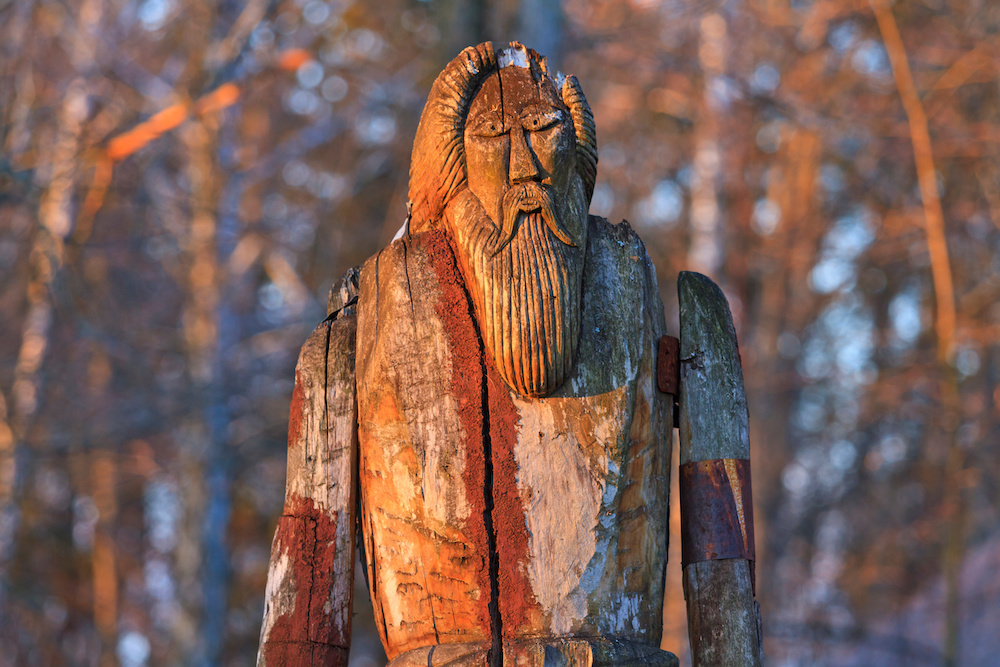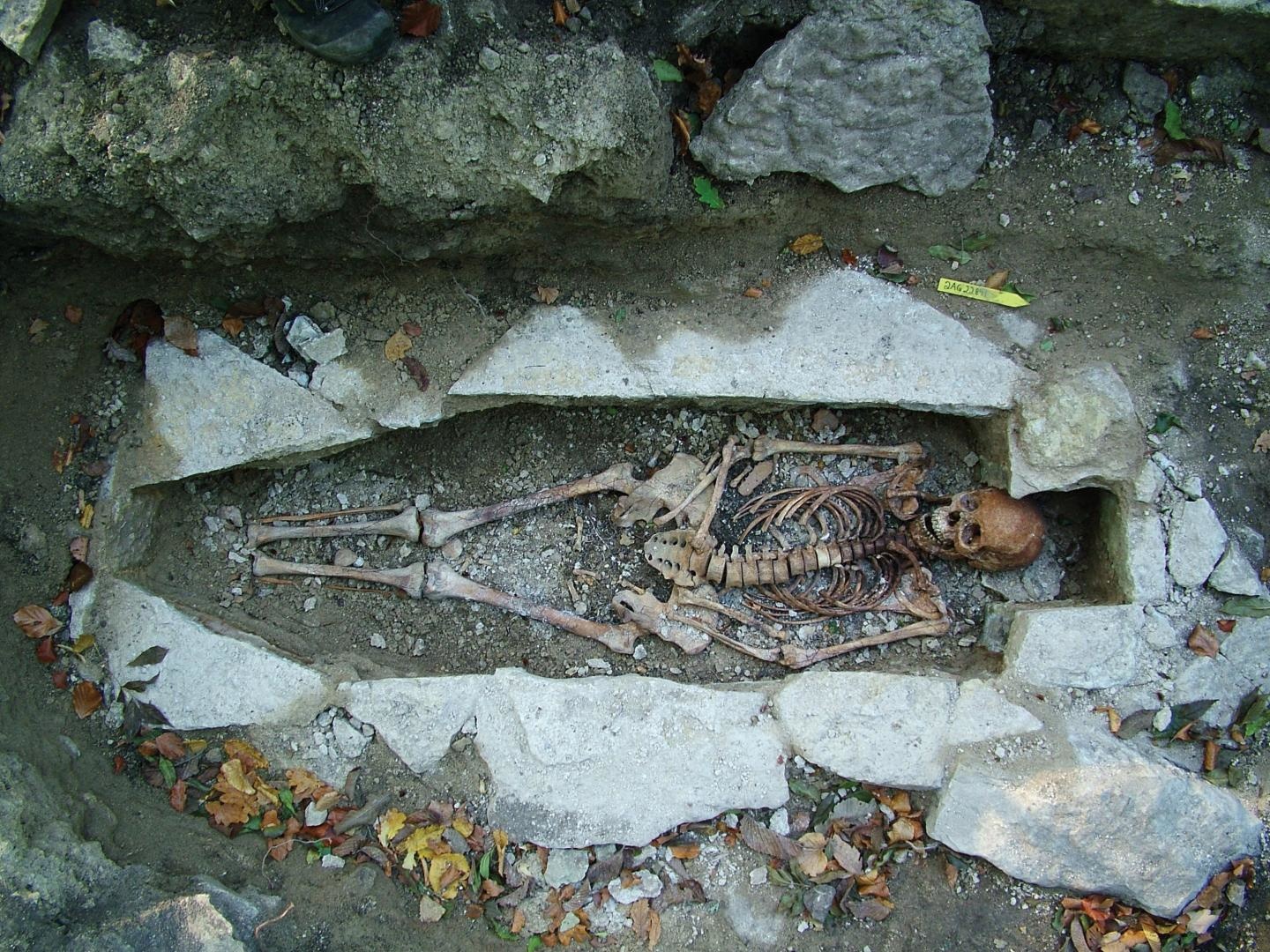How the theory of evolution sparked bizarre ideas about human origins in the North

- In Extreme North: A Cultural History, author Bernd Brunner explores the history of the North and how Westerners have mythologized the region, often toward racist and pseudoscientific ends.
- In this book excerpt, Brunner overviews how Charles Darwin’s theory of evolution led some intellectual circles to rethink the North’s role in human history.
- As the biblical origin story fell out of favor, some people created new — and false — explanations for the history of northern peoples.
Excerpted from Extreme North: A Cultural History. Copyright © 2019 by Verlag Kiepenheuer & Witsch, Cologne/Germany; Translation copyright © 2022 by W. W. Norton & Company, Inc. Used with permission of the publisher, W. W. Norton & Company, Inc. All rights reserved.
The Dubious Cradle of Humanity
The model of evolution developed by Charles Darwin increasingly gained traction, bringing about a revolution in scientific thinking. It was now clear that natural and human history were interlinked. What did this mean for how people imagined the North? Had the time come to reevaluate the region’s role in prehistory? Could it be that the northern peoples and their cultures had emerged independently from those elsewhere? Was it possible that Europe’s original inhabitants were actually Germanic?
Based on the wealth of new knowledge, the idea of a long Germanic prehistory seemed worthy of closer examination. And regardless of whether the origins of the northern cultures were attributed to the North itself or to India or Persia, many researchers now considered belief in the biblical story of creation—scorned by some as “Jewish fables”—to be out of date. No one could imagine what the consequences this shift in thinking would have.
The idea that White people originated in the Caucasus, which in the nineteenth century was closely entwined with the question of the genesis of the Germanic peoples, was first formulated by Johann Friedrich Blumenbach. In 1776, he used the term Caucasian to refer to those peoples who were “predominantly white in color” and, in his eyes, most beautiful. Later the writer Joseph Görres also traced the historical roots of the European peoples to the Caucasus. In his 1807 essay “Religion in History,” he wrote: “All that is powerfully, ruggedly and jauntily heroic invariably had its epicenter in [the Caucasus]; all great conquerors and all world-commanding characters have poured down from its heights like wild mountain streams, and the earth’s other mountains willingly acknowledged this range as their king. Just as in later ages the Celtic and Germanic myths and those of the northern Scandinavians that all spring from the genuine heroic spirit began there.” Görres and others suggested that the mysterious origins of the Germanic peoples lay in the mountains connecting the Black and Caspian Seas. Was Noah’s ark, as they presumed, not stranded after the Flood at Mount Ararat, in the Armenian mountains, not far south of the Caucasus?
During the second half of the eighteenth century, the Old Norse texts and the Ossian saga began to rival Greek and Roman mythology in popularity, at least among some intellectual circles. But despite the discovery and recognition of the storytelling riches of the North, the broad consensus remained that humanity’s origins lay in the East. “Ex oriente lux!” was the accepted wisdom—light comes from the east! However, as research into prehistorical humankind brought revolutionary advances in knowledge, this and other sacrosanct assumptions were called into question. During the nineteenth century, the study of ancient cultures—at long last also including those of northern and western Europe—shook the foundations of belief in what had long been Christian dogma: that humanity, created by God all at once in the biblical lands of the Near East, had existed for approximately six thousand years. Archbishop James Ussher had come to this conclusion in 1650 based on an analysis of the Old Testament. According to his calculations, the world was created on a very specific date: October 23, 4004 BCE.
Of course, the biblical story of the origin of humankind had long been contested by alternative theories. As long ago as the first century BCE, the Roman poet Lucretius recorded the supposition of his predecessor, the philosopher Epicurus, “that our species, along with all the others, emerged as a result of random atomic mutations over a limitless expanse of time” and that humans “must have evolved only gradually and fitfully from savagery to civilization,” as Stephen Greenblatt writes in The Rise and Fall of Adam and Eve. When the Spanish and Portuguese colonisators discovered the Indigenous population of Central and South America, this could have seriously challenged the Christians’ biblical story, but the “savages” were dismissed as nonhuman, their speech regarded as animal noises. But again, there were cracks in the story. The Dominican Bartolomé de las Casas, for example, went so far as to suggest that the Americas were the site of the lost Garden of Eden and the humans morally superior, even faithful, even if not in the Christian sense, because they lacked the Catholic faith.
During the Renaissance period, it was dangerous for both Catholics and Protestants to put the Bible’s chronology in question, but again there were exceptions. Ole Worm, who was surrounded by many great artifacts from Indigenous cultures, helped the Frenchman Isaac de La Peyrère in his research for his book first published in Latin as Prae-Adamitae and soon in English as Men before Adam, in which La Peyrère suggested that there was a creation of heathens and another separate creation of Adam as a progenitor of the Jews.
The decisive difference in the middle of the nineteenth century was the irrefutable scientific evidence that humans had evolved gradually. Although religious authorities initially resisted new insights from geologists, anthropologists, paleontologists, and archaeologists, these scientists left no doubt that humanity was far older than previously realized. It became clear that prehistory and early history—which were now divided into the Stone, Bronze, and Iron Ages—had been very long indeed. Was it also possible that its geographical origins had likewise been mistaken?




